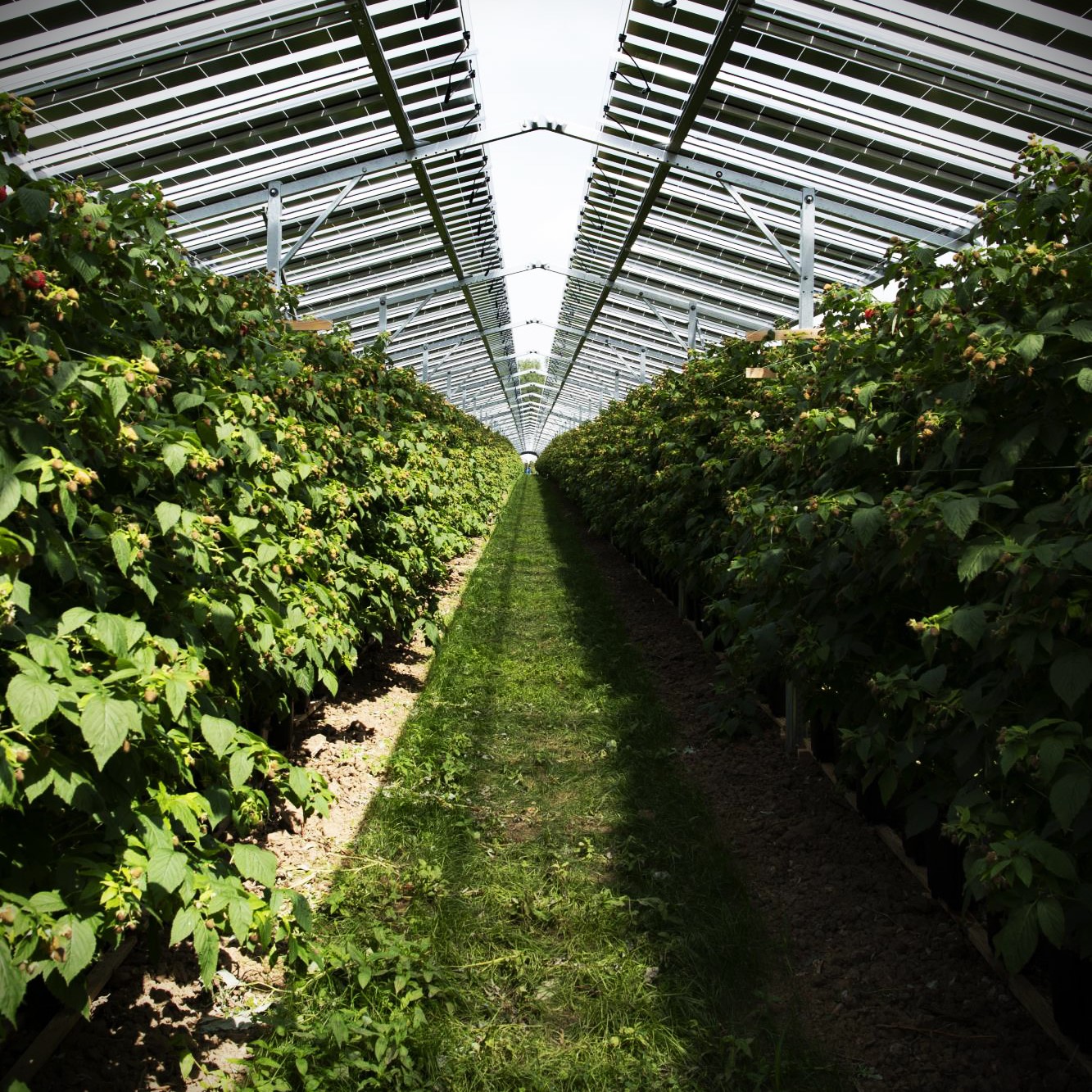BayWa has commenced the construction of an impressive Fruitvoltaics project in the Netherlands, in collaboration with its Dutch subsidiary, GroenLeven.
The project, with a capacity of 8.7 MWp, will be the largest photovoltaic installation above fruit in Europe.
The remarkable Fruitvoltaics project will incorporate a solar panel array of 24,206 panels installed overhead above rows of raspberries at Maarten van Hoof’s farm in the North Brabant province.
Government subsidies and the farmer’s investment have contributed to the project’s funding.
BayWa has successfully implemented 14 Fruitvoltaic projects across Europe, the Middle East, and Africa, and this will be their largest endeavor yet.

The raspberry farm project is expected to be finalized by the first quarter of 2024, following a pilot project conducted on the same site.
Fruitvoltaics technology presents solutions to challenges such as limited land availability and extreme weather conditions.
The fruitvoltaic array of panels provides shelter to delicate fruit, safeguarding them from high temperatures and prolonged periods of dampness, which can be detrimental to crops.
Climate change-induced weather extremes pose risks to plants, as prolonged dampness can lead to the development of fungus on berries, ruining the entire crop.
The panels offer protection from rain and prevent extended periods of dampness.
Moreover, the panels create a cooling effect on hot days, with temperatures beneath them being recorded up to 10 degrees Celsius cooler, providing protection against excessive heat for the plants.
One significant advantage of Fruitvoltaics systems is their dual benefit of mitigating climate change and producing clean energy.
With the global demand for solar power continuously increasing and legislative support and subsidies available, the future of agri-PV appears promising and fruitful.




